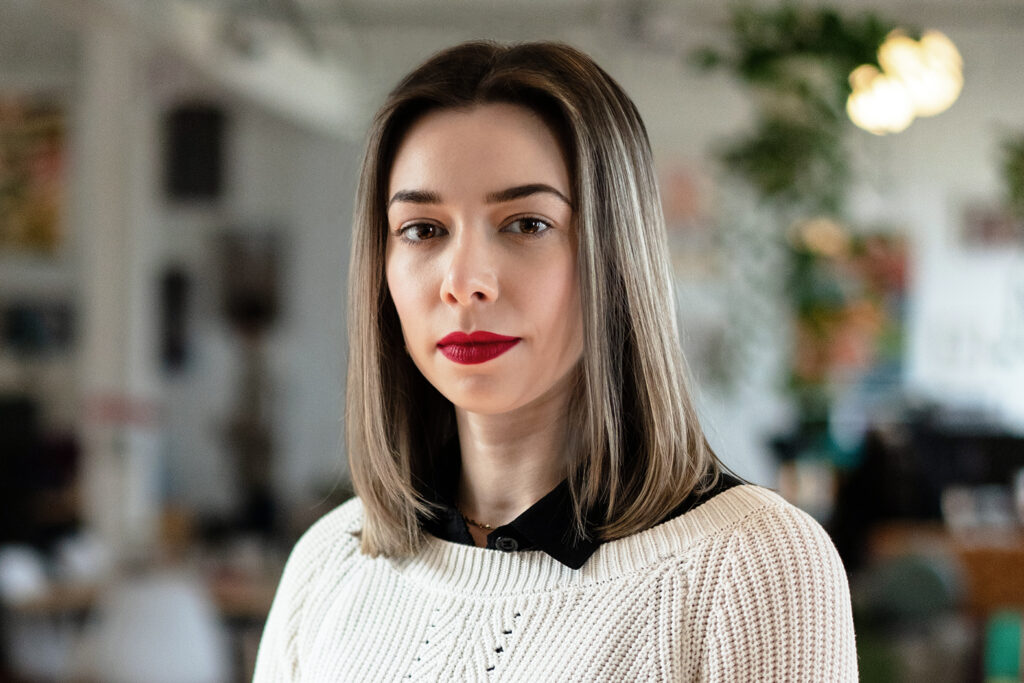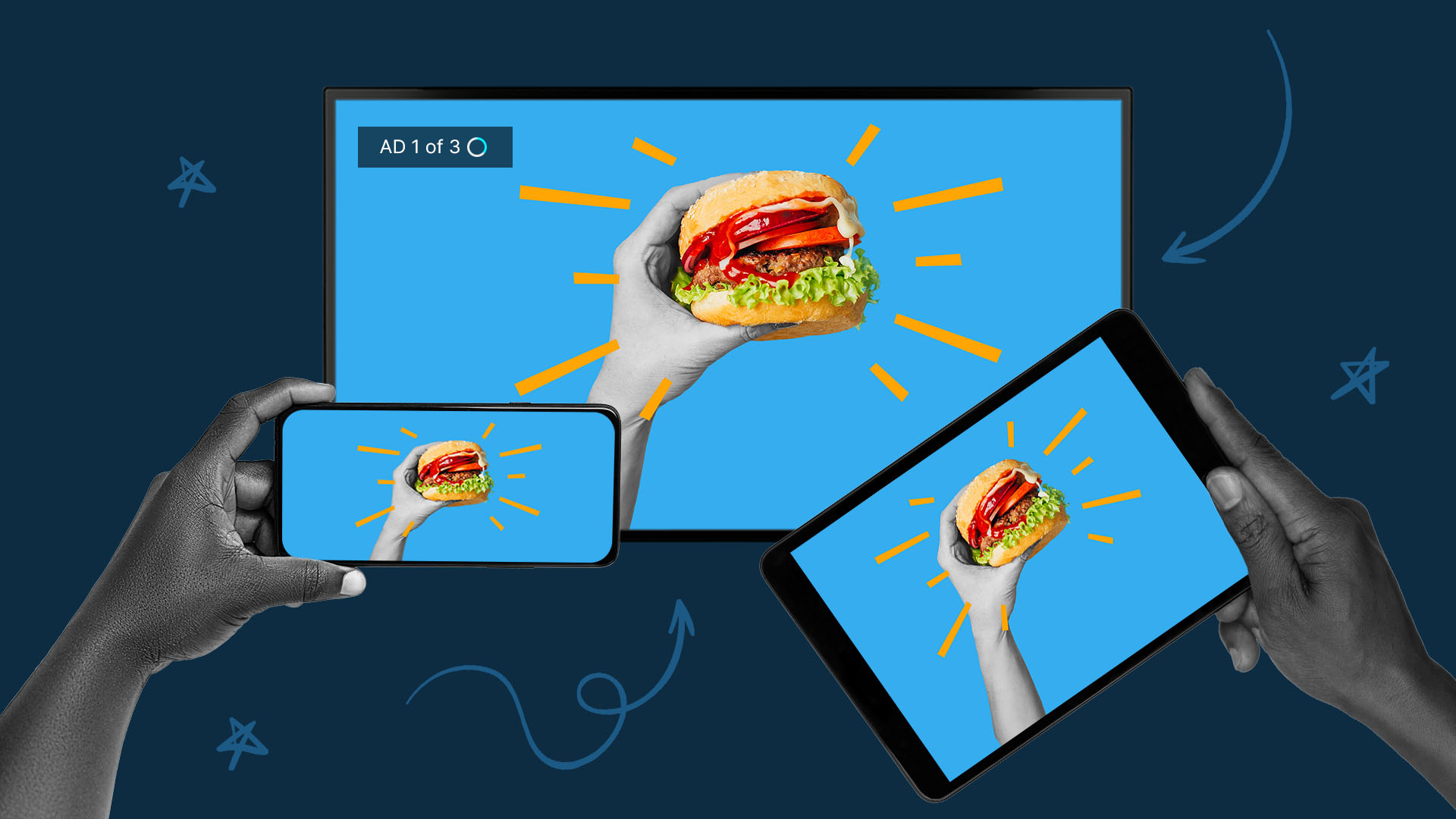Maker Corner: How To Prevent Creative Burnout

Welcome to Maker Corner, our series where we feature guest contributions to our blog from QuickFrame makers. This month, our post focuses on how to prevent creative burnout.
This month’s post is written by maker Anna Aichinger.
Since the pandemic, mental health and therapy have become persistent media topics. Psychological health is directly correlated with physiological symptoms: when I am on a stressful job, I get this horrible eye twitch and headaches.
As a society, we’ve become accustomed to the instant gratification of receiving immediate information from resources like social media, YouTube, and online publications. When it comes to performance, the speed of technology has made us, as humans, feel inadequate. Our minds cannot reboot like computers: we need rest to regain focus.
Anyone in advertising knows that there are hot and cold periods. Sometimes when I am flush with work, I end up juggling multiple jobs at once. But then, a month or two may go by without hearing from anyone. So when work comes my way, I do my best to double down, which can take a real toll on my health. To quote one of my favorite artists, the late Andy Warhol, “So many people have so many problems. When you think that health is wealth, you’re so grateful just to be normal, more or less. Aren’t you?”
Here are a few practices I have found help with balancing work, life, and stress:
1. Slow Down, Breathe, and Get Organized
When a job becomes overwhelming and I don’t have a lot of time, one of my best tools is taking a break at my desk. Initially, I create a list of the different tasks I need to complete for the next round of work. Then I use a number of breathing techniques and stretches to refocus, before diving back in. This can be as simple as box breathing or rolling my shoulders up to my ears and back down while breathing in and out.
Next, if I find myself with more time, the ultimate tool is diffuse thinking. This is what happens when your mind relaxes and allows you to have wandering thoughts (daydreaming). All you need is ten minutes. Staring off into space is better than turning to your phone.
2. Get Up and Move!
Our bodies crave movement, and sitting at the computer for too long can really hurt our ability to get work done. I find a ten minute yoga video or playing hacky sack at the office can reset me for a few more hours of work. If you can exercise with a buddy, this allows for a social break as well. Movement gets us out of our overwhelming thoughts and alleviates tension. Allowing us to get back to the task at hand. Daily activity can also help with regulating sleep and bad eating habits.
3. Become a Child Again
Think back to being a child, you had a lot of time to allow your mind to wander. This has a direct correlation with how we lose imagination as adults: the less time we have to relax our minds, the more flooded it becomes.
Draw for fun, play an instrument, or make a little video! Remember when you didn’t have to think about constantly posting your creations on social media? Or when you could just doodle in class? The best part is: it can be total crap!
This time isn’t for a client; it’s for you. If you end up with an awesome piece, that’s great. But the point is that the more time you take to relax and mindlessly create, the more your brain will maintain its creativity when you need it for a project.
4. Take Time Off
This could be as simple as making sure you spend time with friends and family or go on vacation. I like to work hard, overbooking myself, then take a good amount of time off. I find travel to be one of the most rewarding experiences. However, if money for travel isn’t available, make sure you take at least a few days off at home, filling your time with leisurely activities.
5. Therapy
Lastly, my best advice is therapy. Therapy isn’t always needed; however, it can be very beneficial to talk to another person who is unbiased. This way you can speak freely about your boss or friend without feeling guilty. Talking through issues allows us to verbalize problems, which is a good start to solving them!
Now, if you don’t have the time or money for therapy, journaling is a free alternative. This is a great way to sort out feelings and gain new perspectives. Sometimes l read entries from a few months or years later and realize that what I wrote about is no longer bothering me. Seeing progress makes us feel a lot better about what we could be going through at the moment.
I hope these tips help you the next time you are swamped with work!

Hey, there! I’m Anna Aichinger, a full time freelance motion designer, illustrator, and multimedia artist. I’ve been working in the advertising industry for a little over a decade: I started as a graphic designer in high school, eventually moving into motion post college. This industry has led me to be a continuous student, seeking answers for the project at hand.
My favorite projects are those for which I am recruited from start to finish. Taking a script all the way from storyboards to animating a final video, is what I find most rewarding when working with a client.
I am part of a freelance collective called Boxfort. Together, we rent a lush office in Detroit near other great studios like Hobbes and Duolingo. Check out my portfolio here.
Do More with Video
Learn how we can help you produce more quality videos affordably and at scale.


